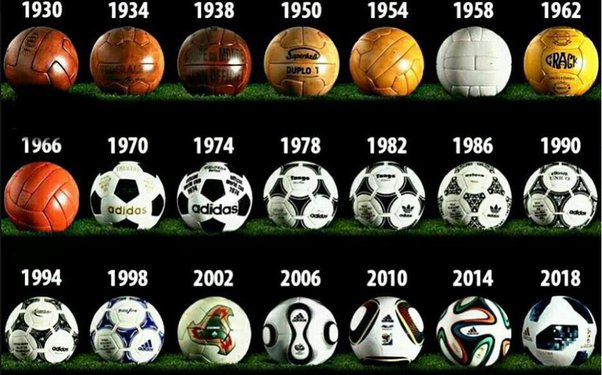Football, a sport loved by millions globally, is not just about the players, tactics, and goals; it’s also about the very tool that makes the game possible – the football itself. In this article, we delve into the fascinating journey of footballs, exploring their evolution, materials used, and the technology that has transformed them into the high-performance marvels we see on the pitch today.
The Origins of the Football
A Kick Back in Time
The history of footballs dates back centuries. Early civilizations engaged in various forms of ball games using makeshift balls crafted from animal bladders, leather, or even stuffed fabric. These primitive balls were far cry from the standardized, precision-engineered footballs we know today.
Leather Beginnings
As football gained popularity, the need for consistency led to the use of leather. The first standardized footballs were crafted from multiple leather panels, stitched together to create a spherical shape. While effective, these early balls were prone to water absorption and deformities.
The Modern Football Era
Synthetic Materials Take the Field
Advancements in technology ushered in a new era for footballs. The introduction of synthetic materials, such as polyurethane and polyvinyl chloride (PVC), revolutionized the game. These materials offered better durability, water resistance, and enhanced control for players.
The Adidas Tango Legacy
In the 1978 FIFA World Cup, the Adidas Tango football took center stage. With its iconic 20-panel design, the Tango set a new standard for football aesthetics and performance. Its success marked a turning point, inspiring future innovations in football design.
Technological Marvels of Modern Footballs
The Rise of Thermoplastic Polyurethane (TPU)
In recent years, TPU has become a game-changer in football manufacturing. This high-tech material provides a perfect balance of durability, flexibility, and responsiveness, ensuring a consistent playing experience across different conditions.
FIFA-Approved Designs
To meet international standards, footballs must pass rigorous testing by organizations like FIFA. Approved designs undergo extensive assessments for factors like weight, shape, and rebound performance, ensuring fair play on the world stage.
Bursting with Technology: The Smart Football Revolution
Smart Balls and Performance Tracking
In the digital age, footballs have gone beyond being mere playing tools. Smart footballs equipped with sensors allow players and coaches to track performance metrics, including ball speed, spin, and trajectory, providing valuable insights for strategic improvements.
Perplexity in Football Design
Striking the Balance
Creating a football that combines perplexity – the intricacies of design and materials – with burstiness – the dynamic performance on the field – is a delicate dance. Manufacturers continually strive to find the sweet spot, ensuring that each kick resonates with precision and power.
Conclusion
In the ever-evolving world of footballs, from leather to high-tech marvels, the journey has been nothing short of remarkable. Today’s footballs represent the pinnacle of design and technology, contributing to the beauty and excitement of the beautiful game.
FAQs
How has technology improved football design?
Technological advancements have led to the use of high-performance materials like TPU and the integration of sensors for smart footballs, enhancing durability and performance.
What made the Adidas Tango football iconic?
The Adidas Tango, with its 20-panel design, set a new standard for aesthetics and performance in football, leaving a lasting legacy.
Why is TPU considered a game-changer in football manufacturing?
Thermoplastic Polyurethane (TPU) offers a perfect balance of durability, flexibility, and responsiveness, revolutionizing the way footballs are made.
How do FIFA-approved designs contribute to fair play?
FIFA-approved footballs undergo rigorous testing to ensure standards in weight, shape, and rebound performance, promoting fair and consistent gameplay.
What role do smart footballs play in the modern game?
Smart footballs, equipped with sensors, provide valuable performance metrics, allowing players and coaches to analyze and improve their game.







